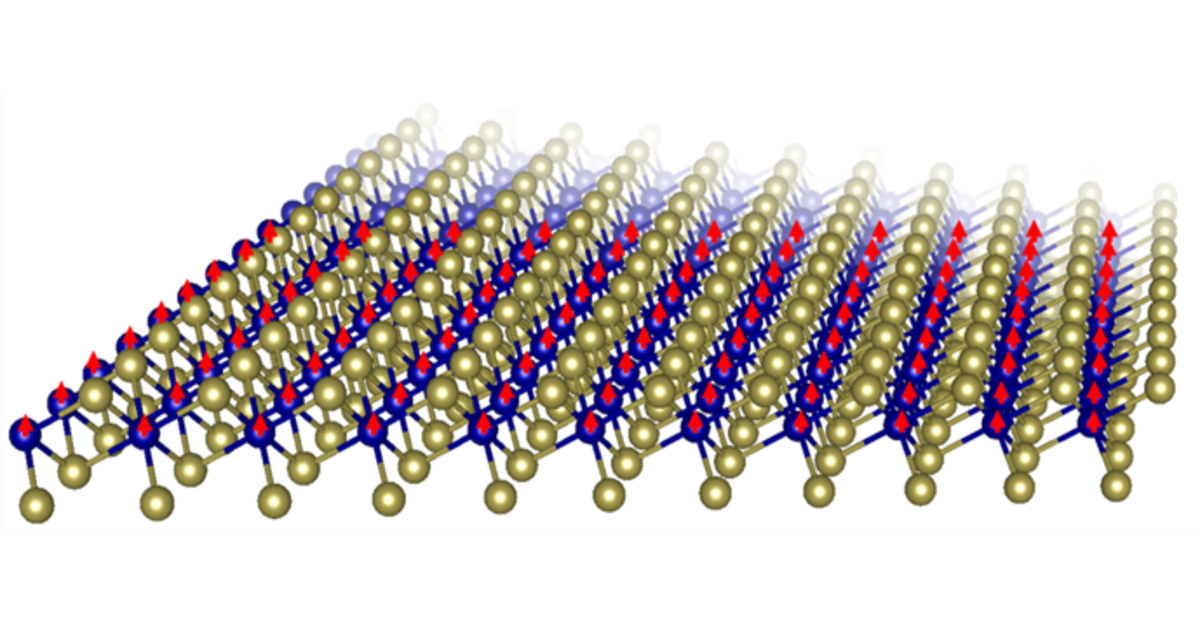- 4.3Impact Factor
- 9.2CiteScore
- 16 daysTime to First Decision
Two-Dimensional Ferromagnetic Materials for Spintronics: From Fundamental to Applications
This special issue belongs to the section “Nanoelectronics, Nanosensors and Devices“.
Special Issue Information
Dear Colleagues,
Two-dimensional (2D) ferromagnetic materials have garnered significant interest regarding their application in next-generation spintronic devices, e.g., spin valve, magnetic random-access memory, and giant magneto-resistance. Proposed by the Mermin−Wagner theorem, the presence of magneto-anisotropy can bridge the gap concerning low-energy modes and effectively suppress thermal fluctuations in the 2D regime, thus stabilizing long-range magnetic orders down to a single-layer limit. A variety of van der Waals (vdW) materials with intriguing magnetic properties, such as Fe3GeTe2, Cr2Ge2Te6, CrI3, and CrTe2, have been discovered in recent years. For instance, room-temperature ferromagnetism and strong perpendicular magnetic anisotropy (PMA) have been found in the 1T-CrTe2 film. However, 2D ferromagnetic materials often suffer from poor air stability and a degraded Curie temperature (Tc) with the thinning of thickness. On the other hand, by intercalating additional Cr atoms between CrTe2 layers, such as Cr1−xTe, CrTe, Cr2Te3, and Cr5Te8 films, nonlayered stoichiometric compounds not only exhibit good stability but also have a nontrivial magnetic structure and abundant transport properties. In particular, different intercalating Cr ordering in CrTe2 backbones and structural distortions can tune ferromagnetic coupling strengths, thus leading to phase-dependent long-range ferromagnetic order. Nevertheless, the development of robust and air-stable 2D ferromagnets that promote Tc above 310 K remains challenging.
This Special Issue, entitled “Two-dimensional Ferromagnetic Materials for Spintronics: From Fundamental to Applications”, aims to present a range of fundamental and applied research associated with two-dimensional (2D) ferromagnetic materials for spintronics application.
Prof. Dr. Minghu Pan
Prof. Dr. Qingyu Xu
Guest Editors
Manuscript Submission Information
Manuscripts should be submitted online at www.mdpi.com by registering and logging in to this website. Once you are registered, click here to go to the submission form. Manuscripts can be submitted until the deadline. All submissions that pass pre-check are peer-reviewed. Accepted papers will be published continuously in the journal (as soon as accepted) and will be listed together on the special issue website. Research articles, review articles as well as short communications are invited. For planned papers, a title and short abstract (about 250 words) can be sent to the Editorial Office for assessment.
Submitted manuscripts should not have been published previously, nor be under consideration for publication elsewhere (except conference proceedings papers). All manuscripts are thoroughly refereed through a single-blind peer-review process. A guide for authors and other relevant information for submission of manuscripts is available on the Instructions for Authors page. Nanomaterials is an international peer-reviewed open access semimonthly journal published by MDPI.
Please visit the Instructions for Authors page before submitting a manuscript. The Article Processing Charge (APC) for publication in this open access journal is 2400 CHF (Swiss Francs). Submitted papers should be well formatted and use good English. Authors may use MDPI's English editing service prior to publication or during author revisions.
Keywords
- molecular beam epitaxial, the chemical vapor deposition (CVD) method
- van der Waals heterostructure, 2D ferromagnetism, proximity coupling, magnetic anisotropy
- transition metal dichalcogenides: Fe3GeTe2, Cr2Ge2Te6, CrI3, and CrTe2, etc.

Benefits of Publishing in a Special Issue
- Ease of navigation: Grouping papers by topic helps scholars navigate broad scope journals more efficiently.
- Greater discoverability: Special Issues support the reach and impact of scientific research. Articles in Special Issues are more discoverable and cited more frequently.
- Expansion of research network: Special Issues facilitate connections among authors, fostering scientific collaborations.
- External promotion: Articles in Special Issues are often promoted through the journal's social media, increasing their visibility.
- e-Book format: Special Issues with more than 10 articles can be published as dedicated e-books, ensuring wide and rapid dissemination.

